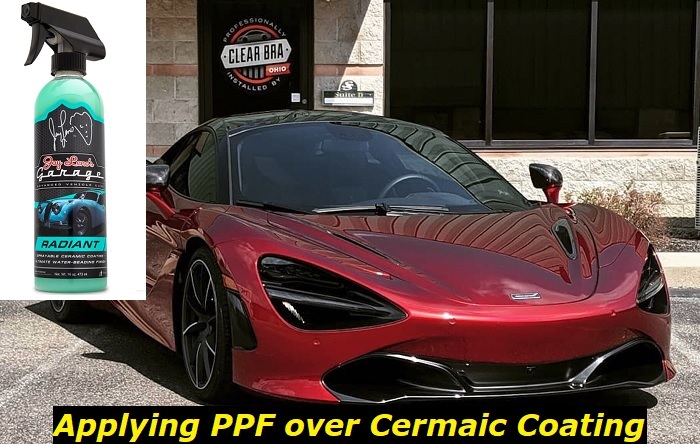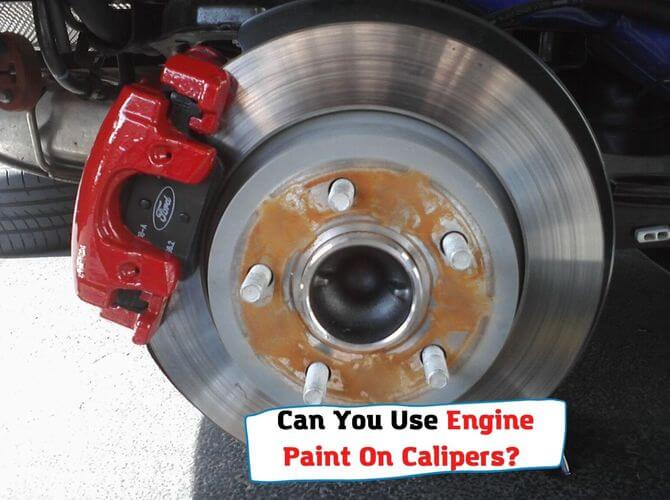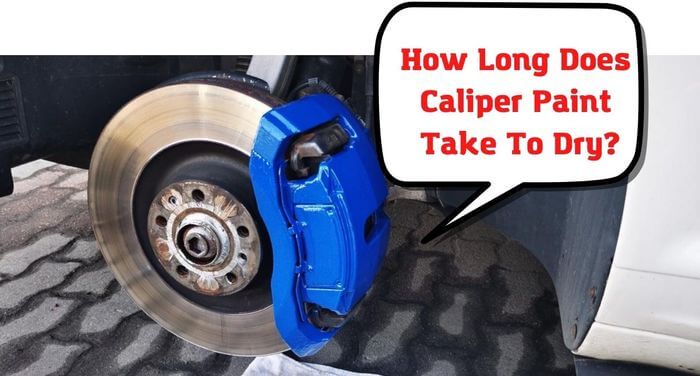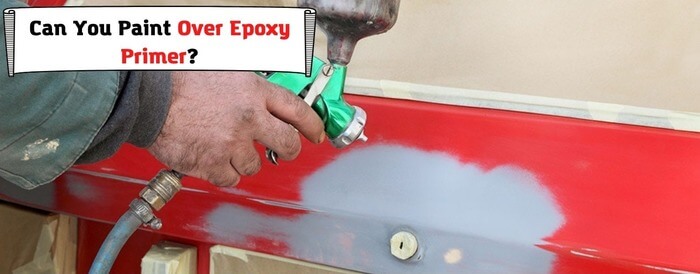Every person wishes to have his or her metallic surfaces and automobiles looking new, exquisite, and elegant for years. This can only be achievable if your surface does not come into contact with weather extremities, dirt, dust, or scratches.
Since that is highly implausible, the best you can do is protect it. Through adverts or recommendations, the two main options available are mostly ceramic coating or PPF. Some will advise on picking one, while others might ask you to combine both for better results.
It gets worse when you cannot tell which one comes over the other without compromising on quality and effectiveness.

Here are some aspects we will be covering regarding PPF over ceramic coating:
- What exactly is Ceramic Coating
- What is PPF
- What surfaces are ideal for Ceramic Coating
- What surfaces work well with PPF
- When you can use both and how to go about it
- When to apply PPF over Ceramic Coating
What is Ceramic Coating?
According to Dr. Harry, a NASA scientist, it is a microscopic liquid polymer applied on a surface to seal imperfections. It is commonly referred to as nano due to its composition. Previously, it was used in the space and oil industry due to its space-filling abilities.
The paint is now a go-to option for most metallic surfaces and a basic in the automobile industry. The significant component in this nano paint is silicon dioxide. When applied on surfaces in its liquid form, it penetrates and forms a bond with the surface’s paint forming a glossy hard protective cover.
Due to its bonding abilities, the small molecules can fill spaces that basic paints cannot. This ensures the area is more even and smooth. It also helps prevent air or gas molecules from hitting the surfaces. This ensures the surface is both damage-proof and hydrophobic. It is better than wax and other sealants since it dries in 24 hrs. and is less porous.
What is PPF?
Paint protective film, also known as the clear bra, is an elastomeric polymer that can be wrapped around a surface for extra protection. The film maintains the natural shape of the surface after installation. It is mostly clear, but with technology, colored ones are being processed now.
Once applied, it preserves the paint beneath and the quality of the surface in general. It has self-healing properties that allow it to return to its original state after scratching or damage. It is the ideal paint for display items such as vehicles in showrooms or other metallic surfaces.
The military once used it for helicopters and other expensive vehicles to prevent damage from debris. The automotive industry is also increasingly growing its need for PPF as they push to have the vehicles maintain the initial paint for years.
Similarities between Ceramic Coating and PPF
Protection Against Harsh Elements
Just like your skin suffers damage from exposure to harmful UV rays, so do surfaces. The two coats act as Sunblock for surfaces as they protect the paint underneath from cracking or fading when exposed to the sun.
They also protect the paint from harsh cleaning agents with strong abrasive. Cleaning agents can damage paint by bleaching or reacting with it, stripping your surface paint, and in some cases, even damaging the surface itself. Smog is another element that can cause significant damage to your surface over time.
It contains oxidants, carbons, and other active components that can react with your paint or even alter its composition. This leads to peeling, cracks, or even color change. A protective cover above it ensures it remains as sleek as it was despite the environment being a risk.
With a hardcover formed by the ceramic coating and through the self-healing properties of PPF, your surface can survive the harsh extremities. When used together, they form double-layered protection against these elements. This ensures your paint stays around for longer.
Hydrophobic Properties
No one wants rusted surfaces or water stains on surfaces on display, such as a vehicle in a showroom or a painting. This can be a big turn-off for buyers keen on appearance and first impressions.
Ceramic coating and PPF ensure your surface gets its protection from water stains and water remnants on it. When cleaning or even after a downpour, you do not need to worry about the water forming stains. The ceramic coating creates a hard glossy cover that helps bounce water and liquids off the surface.
This ensures that water or other drinks do not penetrate the surface and cause damage. Water also leaves permanent damage and stains on fresh paint. A cover on it ensures it is safe. Whether you use protective film or ceramic coating, the two act as shields.
They prevent the paint from getting smudged or stained by water. In the long run, it prevents metals from oxidizing, which can lead to the corrosion of paint and the surface itself.
Extra Protection Against Scratches and etch Marks
A surface comes in contact with all manner of objects and substances and can easily scratch. When the paint is scratched, it leaves a mark or even gets scraped off. Exposed metallic surfaces are known to rust or chemically react with elements in their surroundings. This leaves the piece looking horrible and can be quickly passed for an aged piece if the damage is not corrected fast.
A fresh coat of paint can help restore it, but for some surfaces, you might need to repeat the whole paint job. Some sensitive surfaces cannot be corrected in bits since the extra layer of paint applied might leave uneven surfaces.
This is not only expensive but also time-consuming. The cover ensures that only the first layer is affected in case of scratches and etch marks. They are also applied to ensure that previous marks are covered up, providing a smooth surface all through. After application, they also help protect surfaces from bird poop and scratches as they land and perch on the surfaces.
PPF’s self-healing properties ensure the surface heals from all the scratch marks and bird activities. On the other hand, a clear coat protects the surface by ensuring the marks do not penetrate and reach the paint. If anything, it gets scratched first.
How Different are PPF and Ceramic Coating
Self-Healing Properties
Unlike ceramic coating that only forms a hard cover to protect the paint underneath, PPF has a similar cover, but it comes with self-healing abilities. It has a scratch-resistant coating that ensures your surface bounces back to normal even after a scratch or use of abrasive material.
It also has a clear coat that prevents the paint from turning yellow or fading. When exposed to sunlight or heat, the paint self-adjusts to a lower energy state. This reduces the amount of heat coming into contact with the paint.
Excess heat makes paint fade, melt or crack. The coat ensures you get to keep your paint around for longer. It also gives a sense of good maintenance and can fetch more money for sale or even resale.
Cost
The two might do the same job, but their prices are worlds apart. PPF is much more expensive than Ceramic Coating. However, the cost varies depending on the size of a surface and the quality of PPF or ceramic coating used. Large surfaces require more product and vice versa.
When to Apply PPF over Ceramic Coating
Many would advise you to avoid applying PPF over ceramic coating any day. This is because the ceramic coating is designed to ensure nothing adheres to it ever, including PPF. Ceramic coating is smooth and glossy, which ensures that even dirt does not stick to it.
However, it would be best to ask experts how to go about it as some surfaces cannot take up both. Additionally, some even react with the PPF leaving the space worse than it was before the application process. Before applying PPF over a ceramic coating, you need to let the ceramic coating dry first.
Once done, consider cleaning it first to get rid of any dirt or particles. If some are present, your PPF will get air bubbles, which is never good. Do not be alarmed if the film keeps slipping during installation; the quality ceramic coating is smooth. Consider peeling it off if there was a previous PPF coating.
The old coat can create bumps and ruin the sleekness you intend to achieve. Avoid dented or cracked ceramic coating as it can damage the PPF during installation and over time.
Conclusion
Despite both being different in composition and production, the two share similarities. For some, these similarities are the reasons they either get confused. They are also the reasons why they settle for what is currently available since they do the same thing.
However, their differences are why one picks one over the other. As a buyer, the above breakdown is the guide to deciding whether to go for both or one. If they both tick the boxes, you can as well pick both.
- Can You Unmix Paint: Techniques, Consequences, Alternatives - February 23, 2024
- Does Primer Need to be Mixed? Effective Primer Application - February 22, 2024
- How to Make Old Paint Usable Again: Retrieving and Preserving Paint - February 21, 2024



